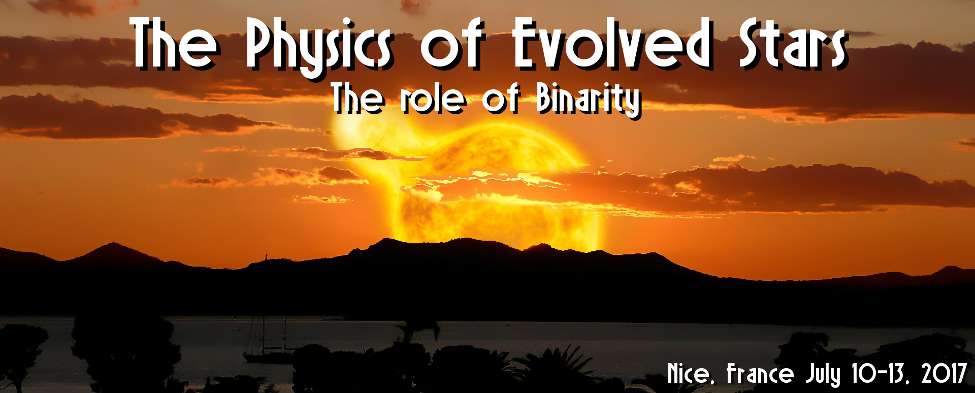Cepheids are famous standard candles for the extragalactic distance scale, but also fundamental laboratories for studying the pulsation and evolution of intermediate-mass stars. With high-accuracy space- and ground-based instruments (Gravity, MOST, Gaia, ...), new physical phenomena are revealed. High-accuracy measurements provide strong constraints on stellar parameters, critical to our understanding of stellar evolution and pulsation. However, the most fundamental parameter, the mass, is still in debate. So far there is only one Cepheid with a measured mass, otherwise they are derived using stellar evolution or pulsation model, which differ by 10-20%.
Binary Cepheids offer the unique opportunity to make progress on this mass discrepancy. But there are two problematics: 1) the Cepheid brightness, outshining the hot companions, and 2) the close orbit of the companions, <40mas, preventing astrometric measurements from single-dish telescopes.
A technique able to reach high spatial resolution and high-dynamic range is long-baseline interferometry. We are engaged in a long-term program that aims at detecting, monitoring and characterizing physical parameters of the Cepheid companions.

|
|
|
|
Hunting close-orbit companions of Galactic Cepheids
1 : European Southern Observatory
(ESO)
-
Website
2 : Universidad de Chile [Santiago]
-
Website
v. Libertador Bernardo O'Higgins 1058, Santiago -
Chile
3 : Laboratoire d'études spatiales et d'instrumentation en astrophysique
(LESIA)
-
Website
Observatoire de Paris, CNRS : UMI3386
5, place Jules Janssen 92190 MEUDON -
France
4 : European Southern Observatory
(ESO)
-
Website
Karl-Schwarzchild Str. 2 D-85748 Garching bei Munchen -
Germany
|
| Online user: 1 | RSS Feed |

|
 PDF version
PDF version